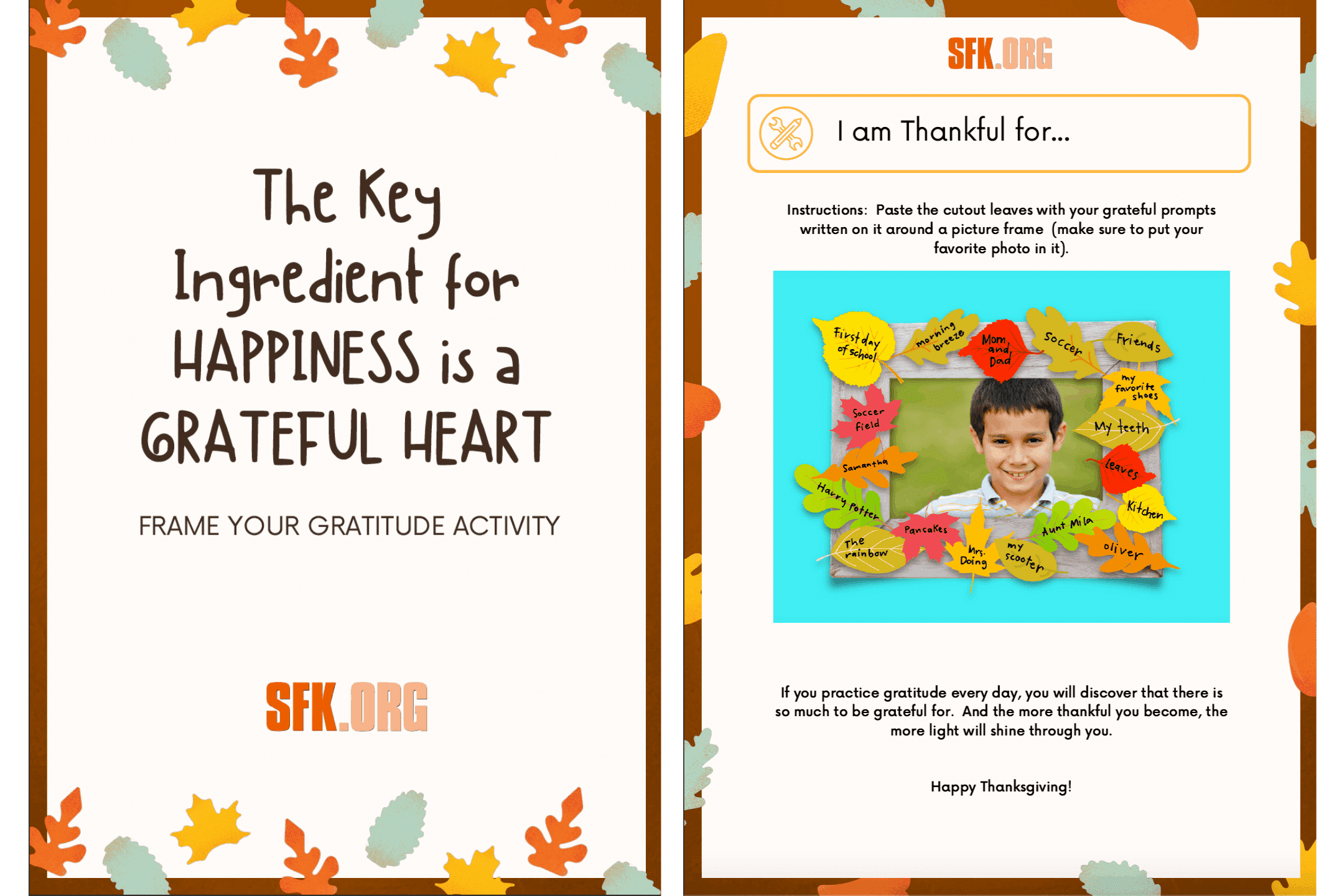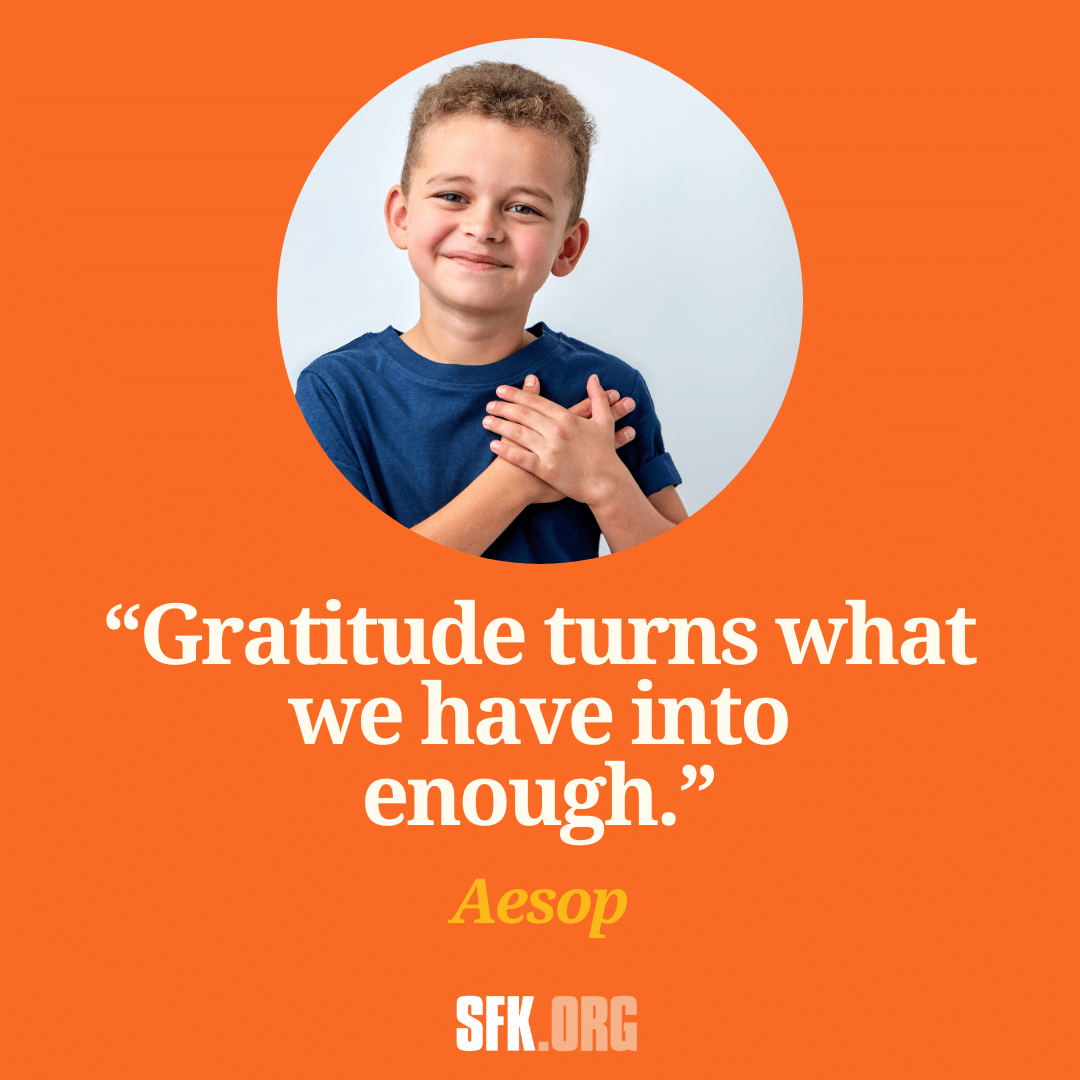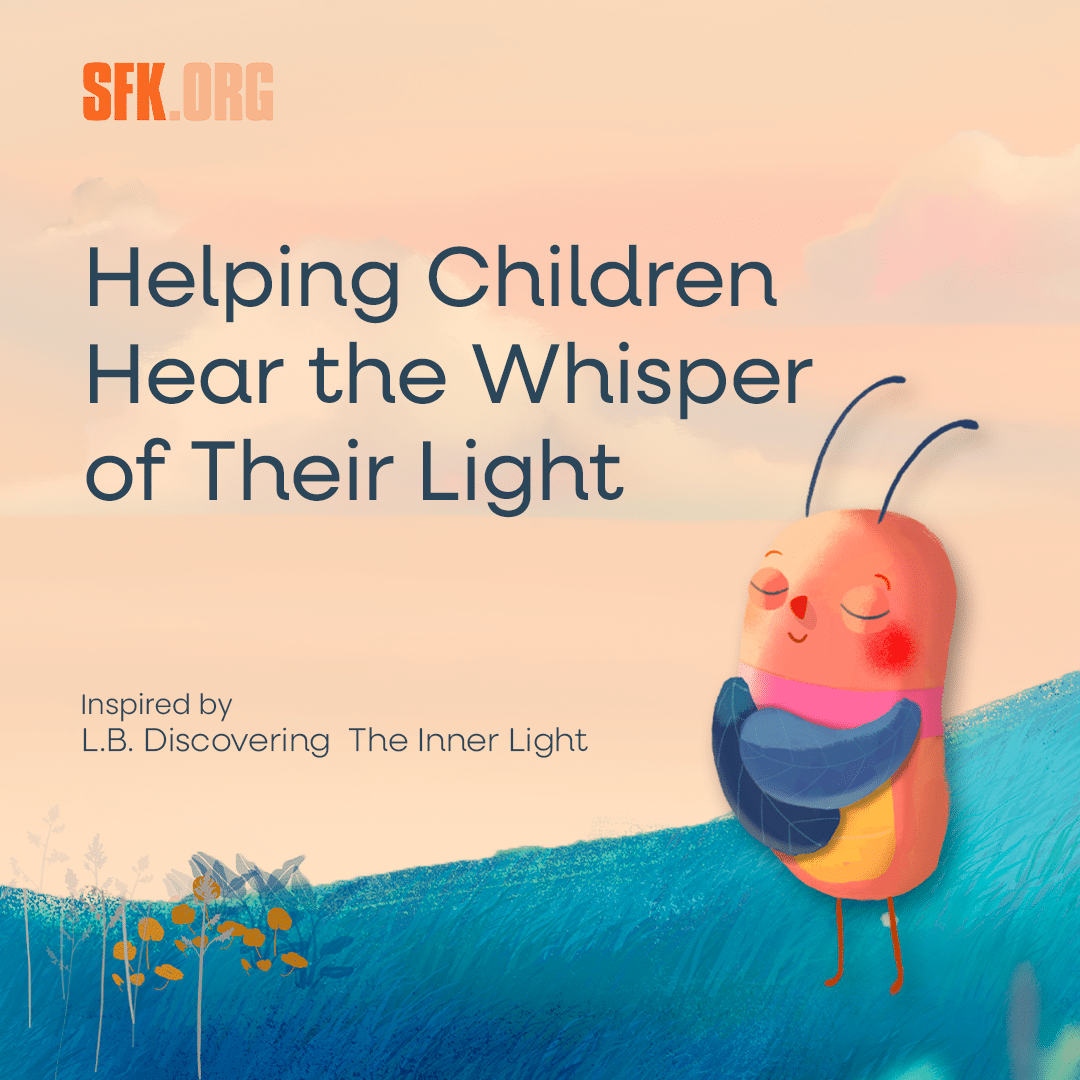Life can easily draw our attention and energy to what is wrong, missing, needs fixing, or is upsetting. But even among the most difficult times and situations, there is still grace, and there is always something to be grateful for. What can help us open our hearts to it is remembering and seeing the “magic” in our existence and the “small” things we take for granted, like breathing, walking, the nature around us, and our friendships and family.
Research has found that “grateful youth have higher GPAs, experience more positive emotions, and ultimately go on to live more meaningful lives. In addition, gratitude among middle-school students can foster an increased sense of hope and trust in others and fuel a desire to give back to their community.”
Therefore, we know gratitude is one of the most important gifts we can instill in our children. It will serve them in more ways than one.
And like any lesson we would like our children to learn, being the teacher who is living and modeling it is essential. So here are some suggestions on how to foster gratitude within yourself to aminate in your home:
- Express your gratitude with words: We often feel gratitude inside but don’t necessarily express it in words. We should be mindful that our kids watch us and listen well, especially when not talking directly to them. So use your words to express your appreciation for the essential things in life: a good hot shower, a yummy meal, a parking spot, and let your child see you say thank you and mean it to all the people who give you any service, like the cashier in the supermarket, and the delivery man.
- Slow down, watch, and spend time in nature: Nothing awakens the natural appreciation of life like nature’s beauty and power. Spending time in nature with our children naturally promotes the feeling of awe; not many words are needed, but pointing out the beautiful butterfly, the flowers, and the clouds will enhance the experience for your child.
- Don’t judge: When things don’t go our way, our instinct can be to blame something, someone, or ourselves. But most of the time, what seems to go wrong at the moment turns out to be the right thing to happen in the long run. Recognizing the lesson in each situation is the key to seeing the divine order. Let your children see you dealing with a challenge with grace and an open mind to what we don’t see or know.
- Carry out a daily ritual: Either before going to sleep, at dinner, or at any other time that works, have each member of your family share three things they are thankful for that day. It can also be a challenge that helps us learn a new skill or something new about ourselves.
- Appreciate your children: Appreciating our kids without conditions and for who they are right now will create an environment of compassion, tenderness, and love—a perfect foundation for appreciation.
Frame Your Gratitude Activity
Frame Your Gratitude Activity

With gratitude to you and your children, we want to share an activity that will help your child identify the things they are grateful for and have a beautiful physical reminder of them.






